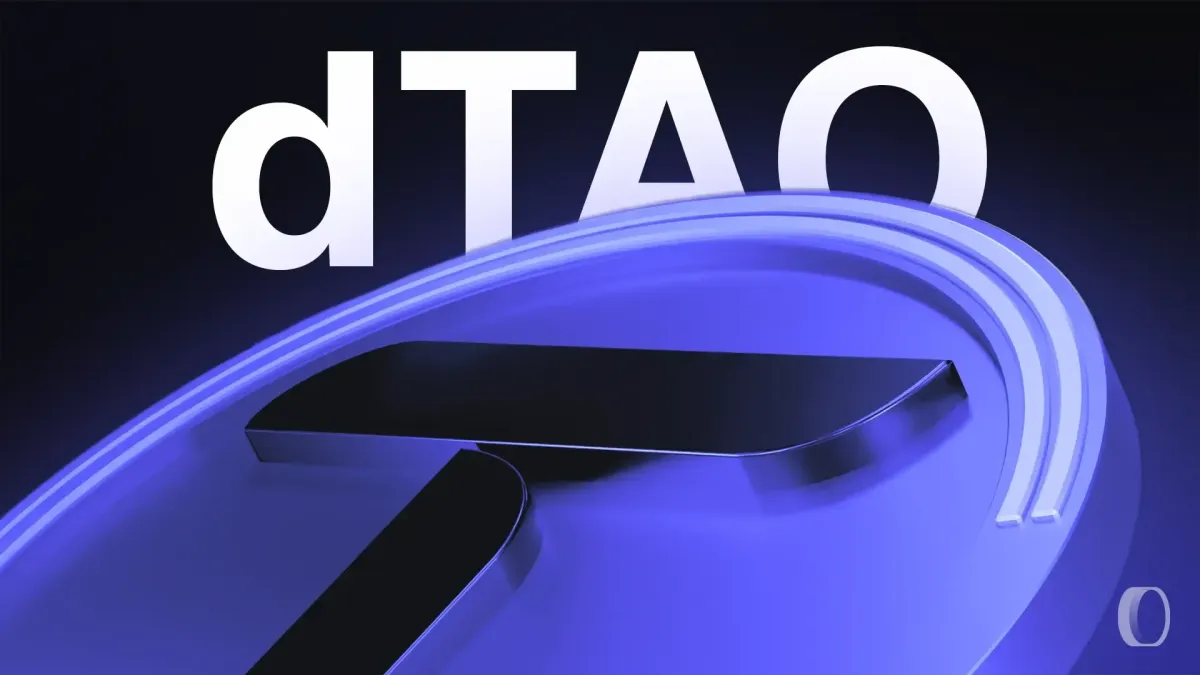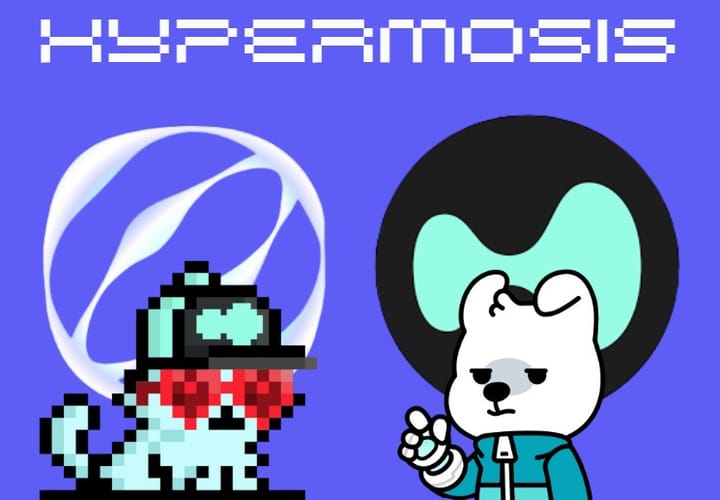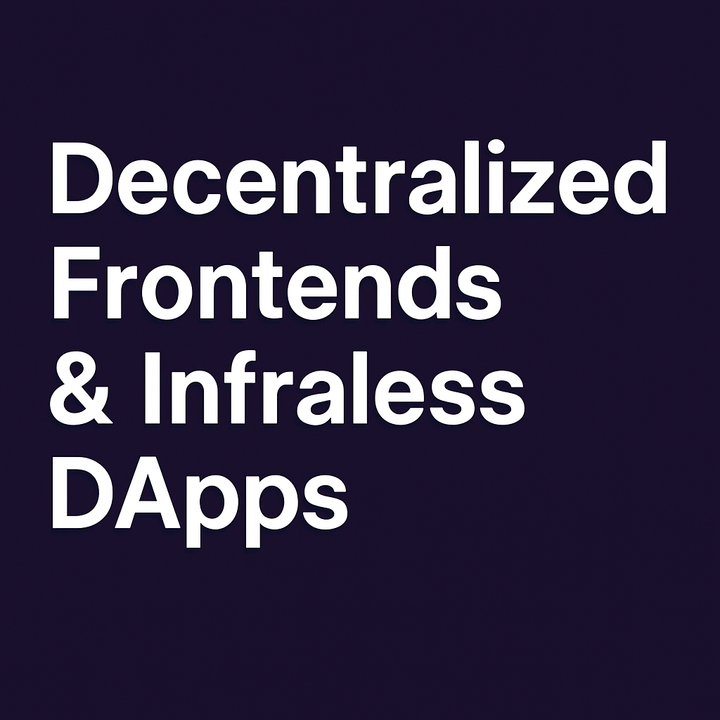What’s Happening in Bittensor: Dynamic TAO and the Rise of Subnets

AI is spreading faster than any technology in history. ChatGPT reached 100 million active users in just two months compare that to seven years for the internet and sixteen for mobile phones.
As AI becomes critical infrastructure, the importance of decentralization is growing. Bittensor stands at the forefront of this movement. As of mid-2025, it's the largest decentralized AI project by market capitalization. But the protocol is evolving rapidly and at the heart of that evolution lies a concept called Dynamic TAO (dTAO).
This article explains how Bittensor works, what dTAO changes, and why subnets are driving the next wave of decentralized AI.
A Quick Refresher on Bittensor
Bittensor is a decentralized intelligence marketplace. It connects AI model providers (miners) with validators who assess their performance. These interactions happen within subnets—independent networks created by developers and governed by economic incentives.
Originally launched as a Polkadot parachain in 2019, Bittensor became its own blockchain in 2023. Its native token, TAO, powers the ecosystem: it’s used for staking, governance, and rewards.
There are four key participants:
- Miners: submit and serve AI models
- Validators: assess model outputs and ensure quality
- Subnet owners: manage subnets and distribute incentives
- Nominators: delegate TAO to validators
Until 2025, Bittensor relied on a centralized validation layer Subnet 0 to allocate rewards. This led to issues of favoritism, lack of specialization, and concentration of power.
Enter Dynamic TAO: A New Token Economy
On February 15, 2025, Bittensor transitioned to the Dynamic TAO (dTAO) model—an upgrade defined in the protocol improvement proposal BIT001.
The Problem with the Old System
Under the old setup:
- 64 validators from Subnet 0 determined which subnets received emissions
- Over 50% of voting power was concentrated among five validators
- Rewards were distributed using one-size-fits-all rules, limiting innovation
This centralized system hindered scalability and fairness. dTAO flips that model by introducing market-based subnet valuation.
How dTAO Works
Each subnet now operates like an automated market maker (AMM). It pairs TAO with a dynamic token called an alpha token, using the same constant product formula as Uniswap.
The ratio of TAO to alpha token determines the price. Users “vote” for a subnet by supplying TAO to its liquidity pool—boosting its market value.
Every 12 seconds, a new block is created. Instead of a fixed reward to Subnet 0, block emissions go to subnets with the highest demand, based on AMM pricing.
Each block now creates:
- 1 TAO
- 2 alpha tokens per active subnet
Newly minted TAO and alpha tokens are injected into the liquidity pool of each respective subnet. After 12 hours (360 blocks), liquidity rewards are distributed:
- 41% to miners
- 41% to validators (based on TAO + alpha stake)
- 18% to subnet owners
This creates real-time incentives for:
- Miners to join profitable subnets
- Validators to balance TAO and alpha holdings
- Developers to launch and grow subnets with real demand
The New Role of TAO Holders
dTAO turns TAO holders into active ecosystem participants. Instead of passive staking, they can now allocate TAO to specific subnets, converting it into alpha tokens—effectively investing in subnet success.
The only exception is Subnet 0, which has no alpha token. Users can still stake TAO there, but rewards decline over time due to a programmed TAO weight decay.
This mechanism pushes capital from passive staking into active participation—stimulating subnet growth.
Opportunities and Challenges
🔓 What dTAO Unlocks
- Permissionless innovation: Anyone can register a subnet, no admin approval needed
- Market-driven incentives: Subnets must prove demand to earn rewards
- Transparency: Alpha token price reflects real user interest
- Specialization: Subnets can tailor tokenomics and incentives
⚠️ What Could Go Wrong
- Alpha token volatility: Continuous minting and low liquidity can suppress prices
- Overcrowding: New subnets launch every 2 days—discovery becomes hard
- User experience friction: Understanding liquidity pools and slippage is tough for newcomers
- Reputation risks: If most alpha tokens lose value, Bittensor’s credibility could suffer
How to Participate
To stake in a subnet:
- Buy TAO on a centralized or decentralized exchange
- Transfer it to Bittensor Wallet (Chrome extension)
- Use Taopill.ai or Taostats to browse subnet options
- Stake TAO through:
- Bittensor Wallet interface
- Directly on Taostats (by clicking "Buy" on subnet pages)
Caution: Alpha tokens can be extremely volatile. Some subnets have very low liquidity.
Evaluating Subnet Quality
With over 100 active subnets (and more coming weekly), evaluation is key. Here’s what to look for:
1. Fundamentals
- Team: Public, experienced teams (e.g., Macrocosmos, Rayon Labs)
- Problem fit: Real-world use cases like 3D model generation or fake detection
2. Community Appeal
- Clear branding and mission
- Active presence on X, Discord, GitHub
- Good UI/UX and onboarding
3. Traction
- Users/downloads (e.g., Dippy has 4M+)
- Revenue (e.g., Celium earned $1M in 5 months)
Highlight Subnets
Some subnets already show traction:
- Chutes (SN 64) – Serverless AI hosting, $100M+ alpha cap
- Gradients (SN 56) – Distributed fine-tuning infrastructure
- Targon (SN 4) – High-speed inference layer
- Data Universe (SN 13) – Dataset indexing and exchange
- Dippy (SN 11) – AI-powered RPG agents with 4M+ users
Others focus on 3D modeling (SN 17, SN 46) or multilingual AI (SN 1, SN 45).
The Big Picture: AI x Blockchain
Bittensor is leading the charge toward decentralized AI infrastructure. In May 2025, Grayscale launched its AI Crypto Sector Index—with Bittensor as its top asset.
The dTAO upgrade plays a central role in this rise. It decentralizes incentives, encourages real usage, and opens the protocol to builders and investors alike.
But challenges remain: sustainable demand, UX barriers, and long-term token health. As the subnet economy matures, the next phase will test whether Bittensor can scale into a true AI supernetwork.
Stay tuned. The experiment is far from over.


Comments ()